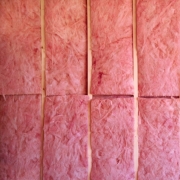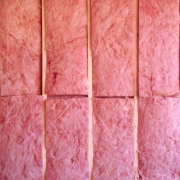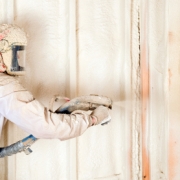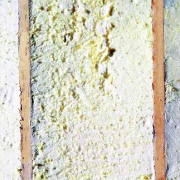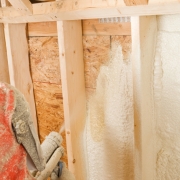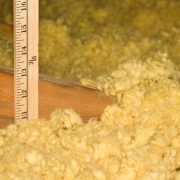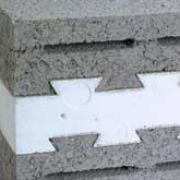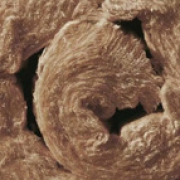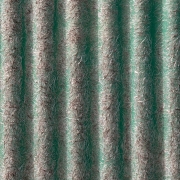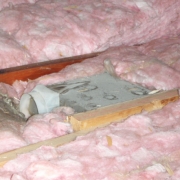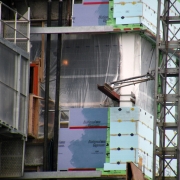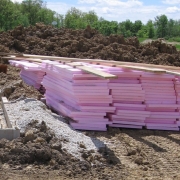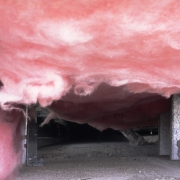ROI-Driven Products: Insulation
In this second addition of “ROI-Driven Products," we take a look at insulation, which is a big part of a building’s envelope. When insulation is installed correctly, it provides the necessary R-value to meet the thermal demands of the region and the comfort demands of the building’s occupants. With energy prices on the rise, building envelopes have come under more and more scrutiny. Homeowners and business owners alike are now seeing the need to improve the building envelope and increase its overall efficiency.

